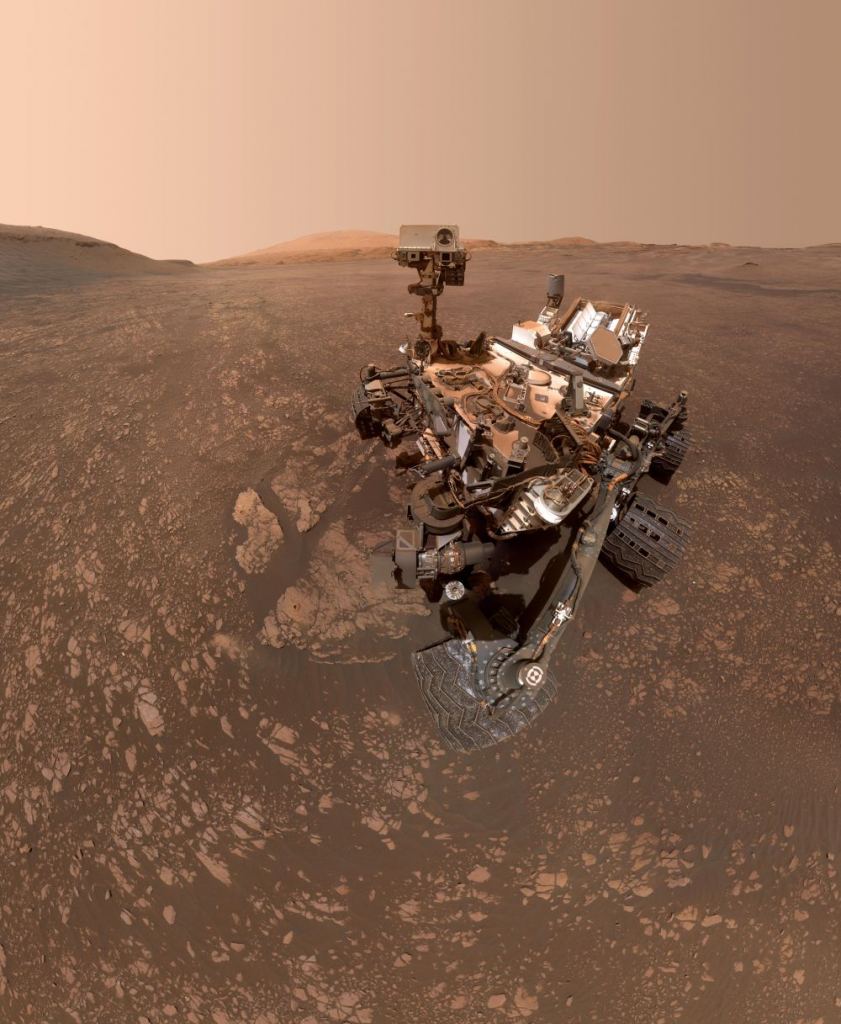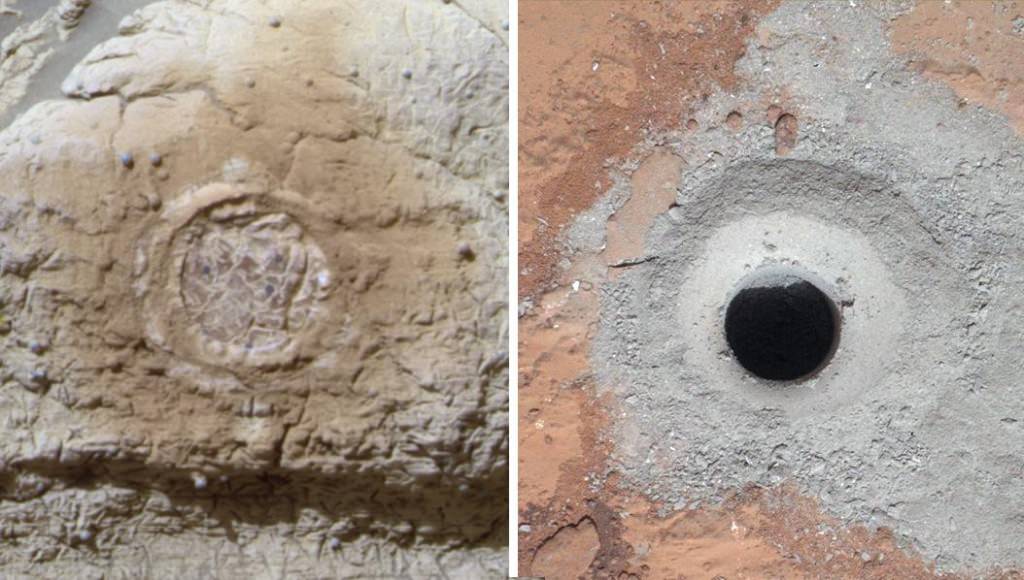People have been speculating about the possibility of life on Mars for centuries. But it’s only since the 1970s and the Viking 1 and 2 missions that we have been able to search for it. After many decades, evidence has mounted that Mars may have once supported life (like the existence of flowing water and organic molecules), but evidence of present-day life has remained elusive.
Unfortunately, according to a recent study by an international team of scientists led by the Spanish Astrobiology Center (CSIC-INTA), it’s possible that the surface of Mars was bathed in acid and alkaline fluids that destroyed all evidence of past life. These findings could have serious implications for upcoming missions to Mars, which includes NASA’s Perseverance and the ESA’s Rosalind Franklin rover.
The research, which appeared in a recent study that appeared in Nature Scientific Reports, was led by Carolina Gil-Lozano – an astrobiology and geophysical researcher from the CSIC-INTA and the University of Vigo. She was joined by multiple researchers from the CSIC-INTA, Cornell University, the University of Vigo, the SETI Institute, and the INAF Astrophysical Observatory of Arcetri.

In the search for life on Mars, astrobiologists consider Martian surface soil with a high clay content to be the most likely place to find evidence of past life since clay protects any organic material. The internal structure of clay is organized into layers, where the evidence of biological life (lipids, nucleic acids, peptides, and other biopolymers) can become trapped and well-preserved over time.
However, the past presence of acid – which are known to have flowed on the surface of Mars as well – may have comprised the clay’s ability to protect any organic material contained inside. To assess this possibility, the team conducted an experiment where they simulated surface conditions on Mars. This consisted of using smectite clay minerals that had previously been exposed to acidic and alkaline fluids to store amino acids (glycine).
These minerals are similar to those that were found in the Gale Crater by the Curiosity rover, which helped confirm that a standing body of water once existed there. The choice to use glycine was based on the fact that it would degrade quickly under conditions that are prevalent on Mars, thus providing a good means of seeing how organic molecules would fare quickly.

The team then exposed the clay samples to high levels of ultraviolet radiation for a total of 80 hours (3 days, 8 hours) to complete their simulation of conditions on the Martian surface. What they found was that exposure to acidic fluids erased the interlayer space and turned it into a gel-like silica, which compromised their ability to protect the glycine molecules, which then experienced photodegradation.
The team obtained similar results with the clays that were exposed to alkaline fluids, though the rate of degeneration was less. As Alberto G. Fairén, a visiting scientist at Cornell University’s Department of Astronomy and a corresponding author on the study, explained to the Cornell Chronicle:
“We know that acidic fluids have flowed on the surface of Mars in the past, altering the clays and its capacity to protect organics. When clays are exposed to acidic fluids, the layers collapse and the organic matter can’t be preserved. They are destroyed. Our results in this paper explain why searching for organic compounds on Mars is so sorely difficult.”

In the next few years, several rover missions will land on Mars and join in the search for evidence of life, past and present. Perseverance will land first on February 18th, 2021, while China’s Tianwen-1 mission will enter Martian orbit around the same time and deploy its lander and rover to the surface by April. The Rosalind Franklin rover, which will launch between Aug. and Oct. of 2022, is scheduled to land by the Summer of 2023.
All three missions are part of a growing effort to find life on the Red Planet and the Perseverance rover will even obtain samples that will be returned to Earth. While this study indicates that the likelihood of finding evidence of life in Martian soil may be slimmer than we hoped, experiments of this kind can also be essential in helping guide missions towards likely sources of biomarkers.
Who knows? Perhaps knowing that clay minerals are not great at holding onto organic molecules will help point the way towards more promising sources of evidence.
Further Reading: Cornell Chronicle, Nature


But if the deposition was under more neutral conditions, one may wonder how much the clay protected the organics in later more adverse conditions.